What is neighborhood centrality and what is it good for?
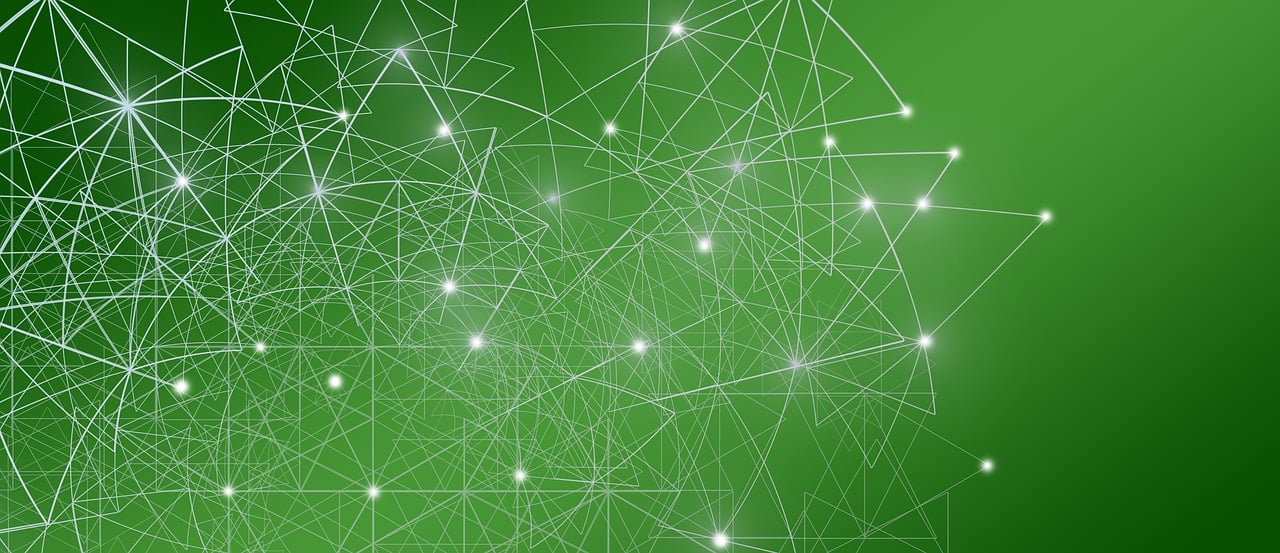
In the study of social networks, a key phenomena is the diffusion of information – how it travels from one individual to another across the network of people. An important question is how to identify the nodes with a high potential to spread information widely and deeper in the network.
Structure in social networks
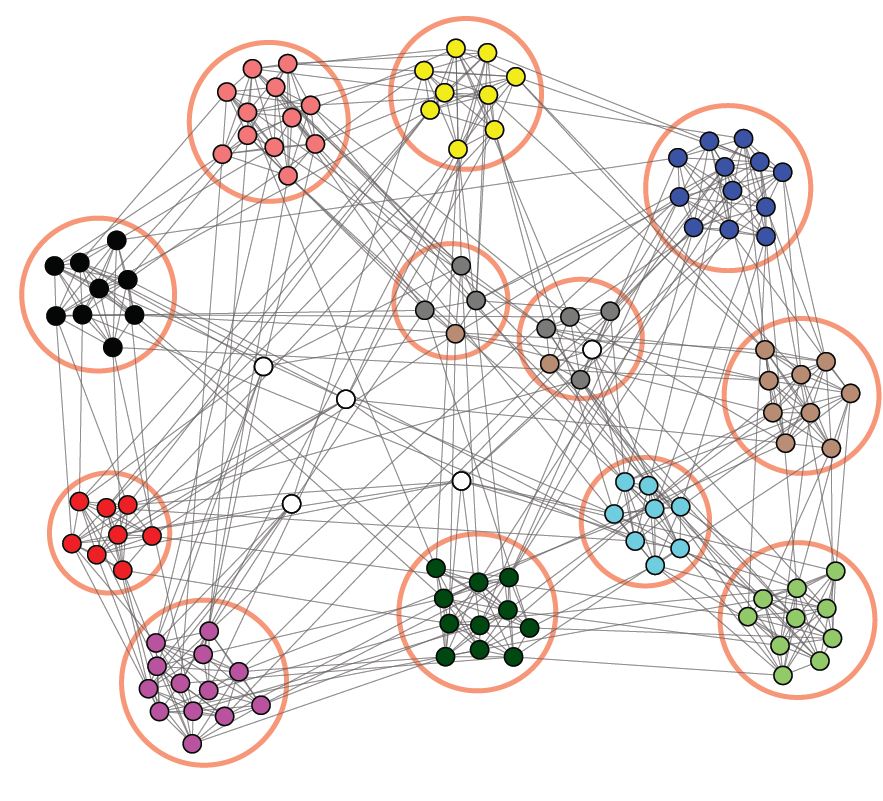
To find the network communities, we need a mathematical equation that describes when a division of the network into communities meets these two criteria.
Jon Snow, Phoebe Buffay, and Michael Scott are in a network, what do they see?

Using popular TV shows, we can learn about the contrast between local and global properties in a social network.
Centrality measures: who is the most important in a network?
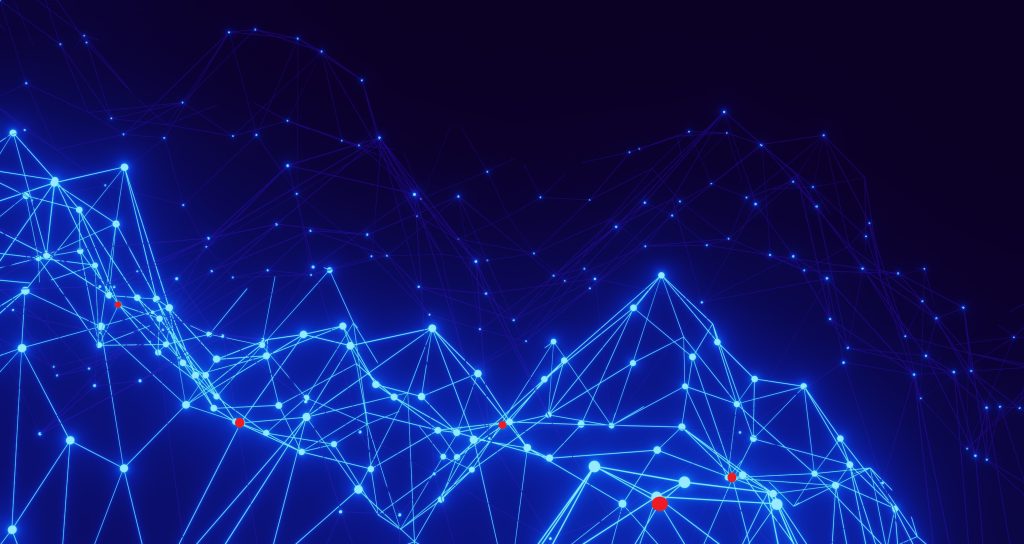
In this article, we discuss several ways to quantify the importance of nodes in a network. We will discuss how a simple game can help study this special property, and how it can help us in cases like reducing fake news.
Eigenvalues to the rescue

On a quiet afternoon, professor Meth is working in her office in Leiden on some tantalizing mathematics problems. Suddenly, someone knocking on her door nervously disrupts the silence.
How do you decide who is the most important?
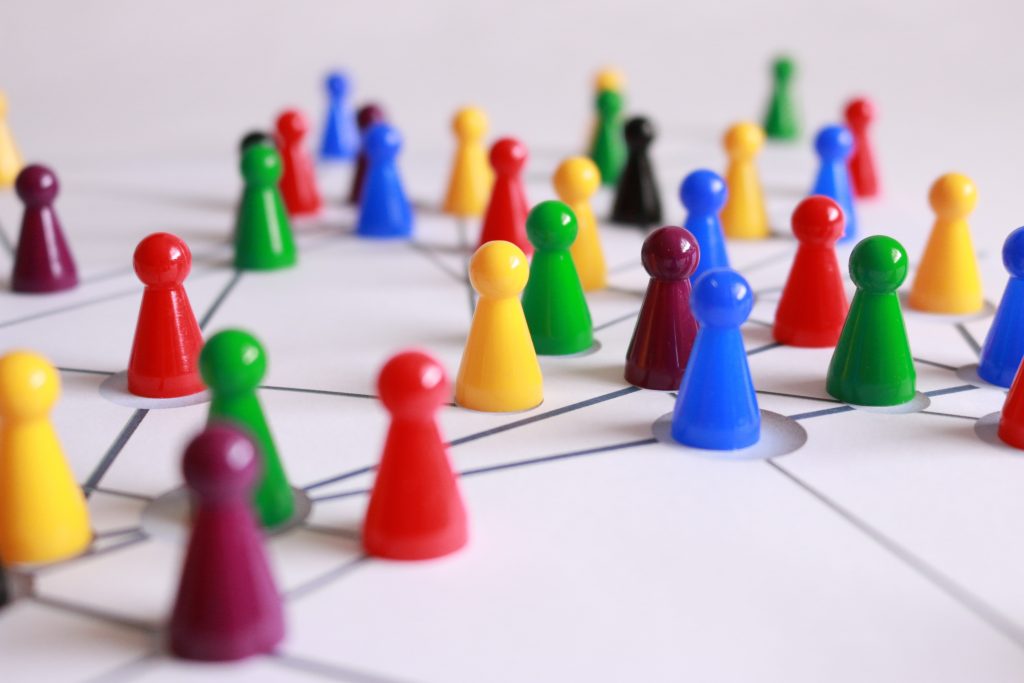
Imagine you’re in a remote village and only have a limited number of vaccines to distribute to protect the community from a deadly virus, who do you vaccinate?
A difficult decision, but necessary. Assuming that the disease is just as deadly for everyone in the community, the best way to prevent deaths is to contain the spread of the virus.
Netsweeper: playing Minesweeper without the old-fashioned grid
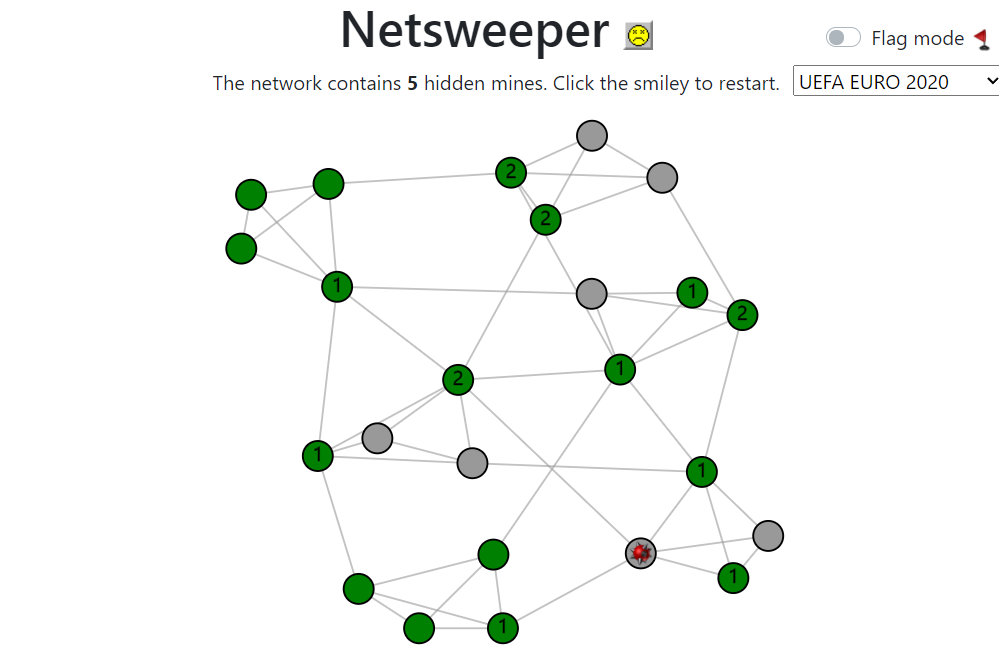
If you were born in the previous century, then chances are high that you have spent quite some hours playing Minesweeper, the classic puzzle game that used to be installed on every computer. In this article, we will present a new network-based version of this game and show how network science can help you play this game.
Not all jet-lags are the same
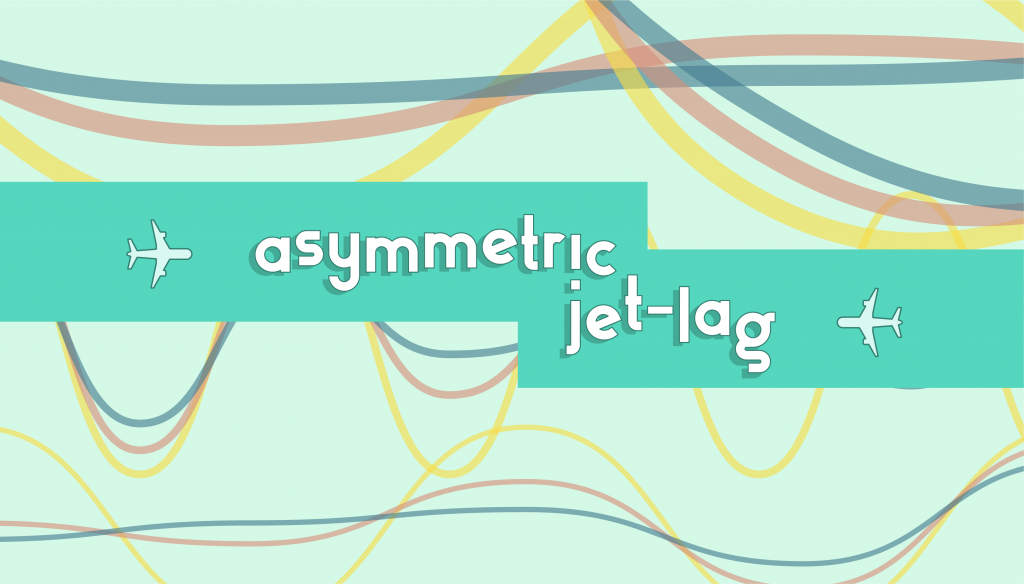
The part of the brain that controls the sleeping cycle is made up of two groups of neurons. In order for you to be able to sleep at night, the activity of these neurons needs to be synchronized with the cycle of the sun (e.g. active during the day and inactive at night). When you abruptly change the cycle of the sun (by flying to New York) these two groups need to re-synchronize to the new sun-cycle.
The two community Kuramoto model - Animation
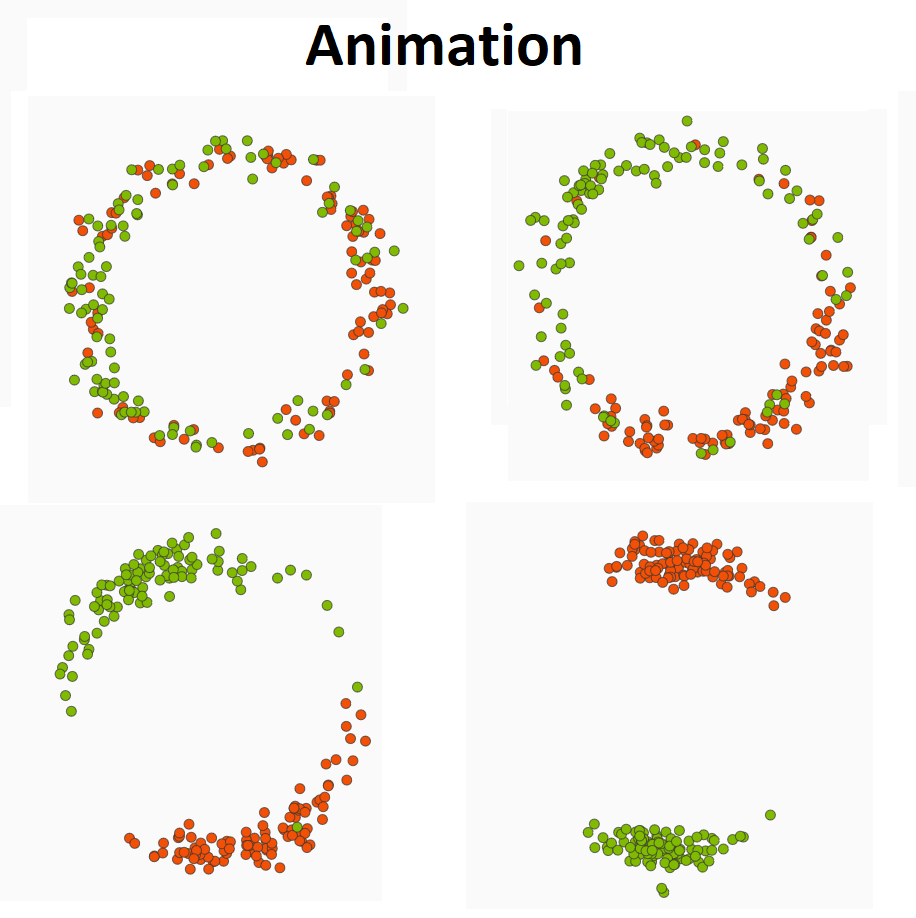
In the interactive simulation in this article, developed by Martijn Gosgens, you can see how the two-community Kuramoto model works.
The two-community Kuramoto model - Mathematical approach
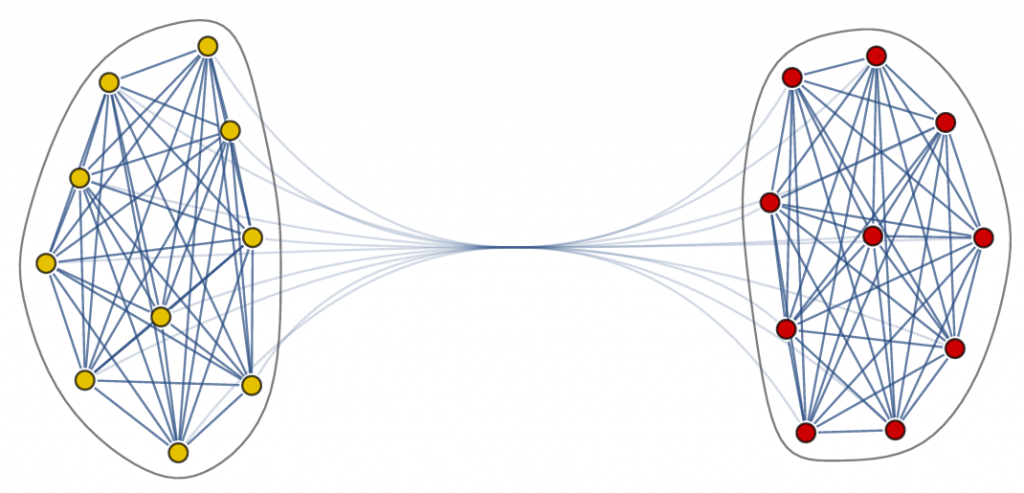
We can represent the interactions between the neurons in the body-clock as a network. In our case the network has two communities, where each community has many edges between the nodes, while there are only few edges between the nodes in different communities.
